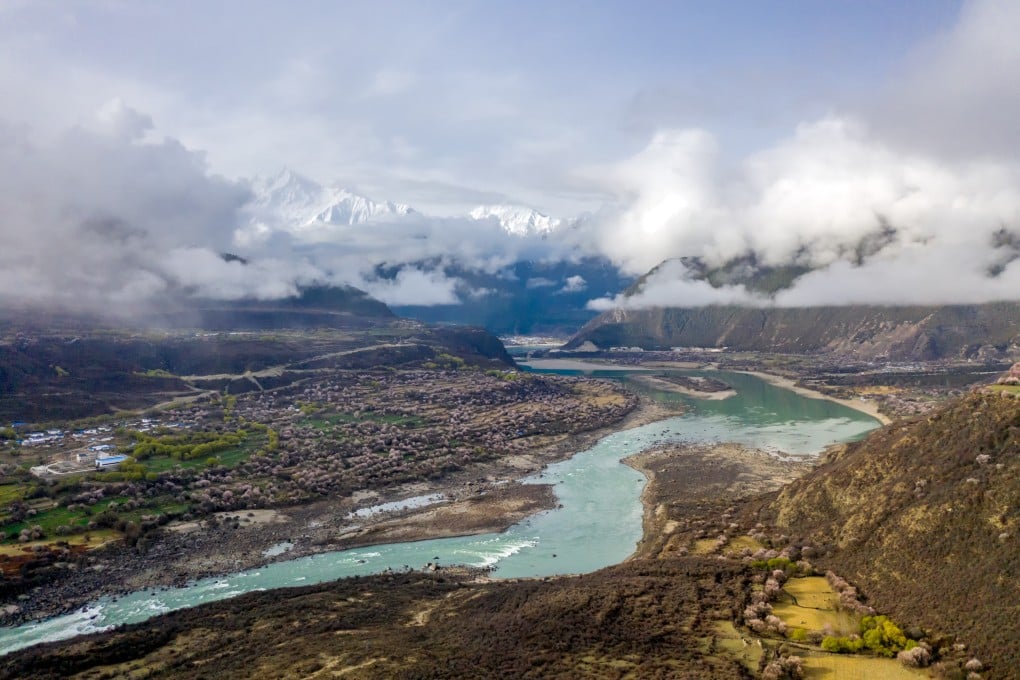Could China’s Tibet mega dam help boost its sway with South Asian neighbours?
Using the dam on the Yarlung Tsangpo to share electricity could carry ‘significant strategic value’ for Beijing, analysts say

According to some estimates, the dam on the Yarlung Tsangpo will be the world’s biggest, producing up to 300 billion kilowatt-hours of electricity each year, three times the output of the Three Gorges Dam.
State news agency Xinhua said over the weekend that its output would “primarily deliver electricity for external consumption” but would also meet local demand in Tibet.
India is also worried about Beijing’s efforts to strengthen its influence in South Asia, and Chinese observers said the project could help increase its sway over countries such as Nepal, Bhutan, Myanmar and Bangladesh, which have long struggled with power shortages.
The project “will undoubtedly become a major power hub for surrounding countries and related neighbouring regions”, according to Zhu Feng, dean of the school of international studies at Nanjing University.